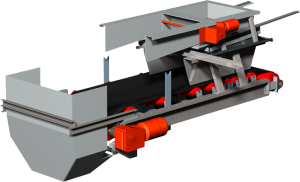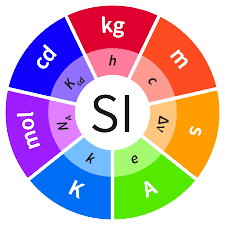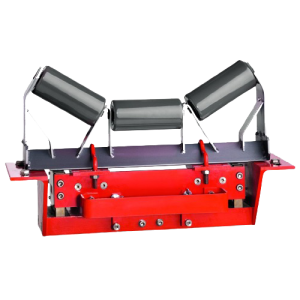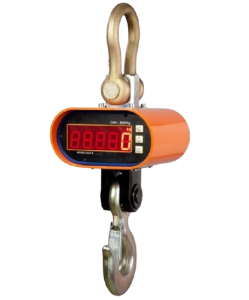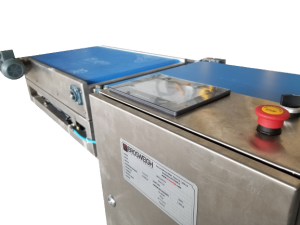What İs Weigh Feeder?
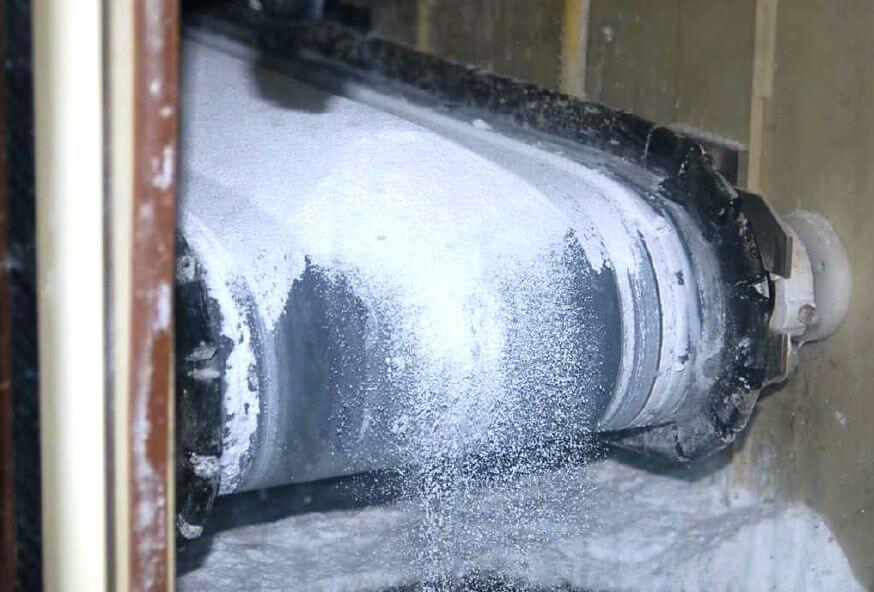
It is a special type of flow meter, weigh feeder suitable for powder or granular materials. One of the most common weigh feeder designs consists of a conveyor belt with a section supported by rollers connected to one or more load cells so that a fixed belt length is weighed continuously.
Dosing belt scales usually use load cells (loadcells) that are not sensitive to side loads. Load cells are mounted with a tight connection between the scale frame and the metering roll. This ensures that the load cells measure the same value no matter where the weight is on the roll and eliminates measurement errors caused by the belt slipping within certain limits. It is very important to use tape suitable for the properties of the material used in dosing belt scales. Stretching and abrasion should be at minimum level. Special tape should be used in high temperature applications.
Weigh Feeder
The load cell measures the weight of a fixed length section of belt, giving a material weight value per linear distance on the belt. A tachometer (speed sensor) measures the speed of the belt. These two variable values are the mass flow rate of solid material “passing” through the dosing belt scale.
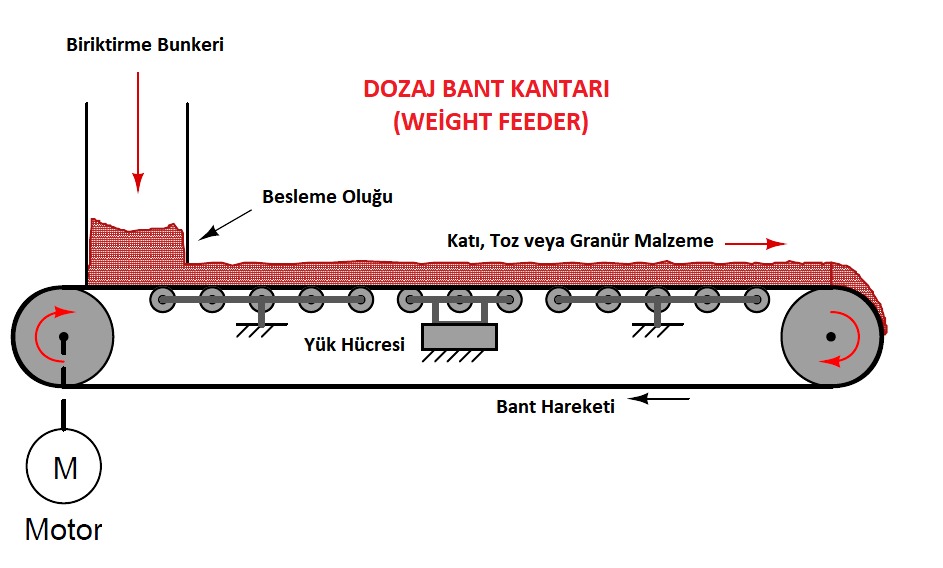
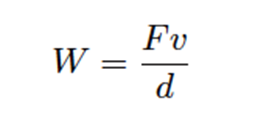
W = Mass flow rate (e.g. kilograms per second)
F = Gravitational force acting on the section of tape being weighed (e.g. kilogram)
v = Belt speed (e.g. mt/sec)
d = Length of the weighed belt section (e.g. mt
In the center of the belt opening is a series of rollers that support the weight of the belt and the material piled on the belt. This load cell array provides a measurement of one kilogram of material per meter of belt length (kg/mt).The speed sensor measures belt speed in meters per minute (mt/min). This measurement, multiplied by the kilograms per meter measurement sensed by the load cells, translates into a mass flow rate (W) in kilograms per minute (kg/min). A simple unit conversion (×60) expresses the mass flow rate in meters per hour (kg/h).
You can check this link to review and order BrosWeigh Weigh Feeder. You can click on this link for similar resources

